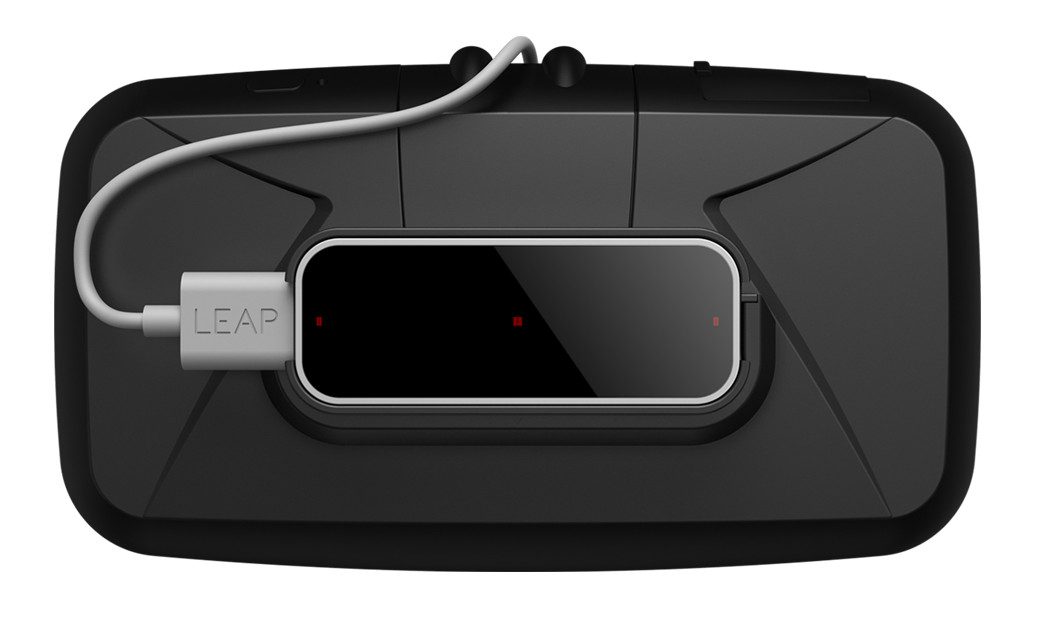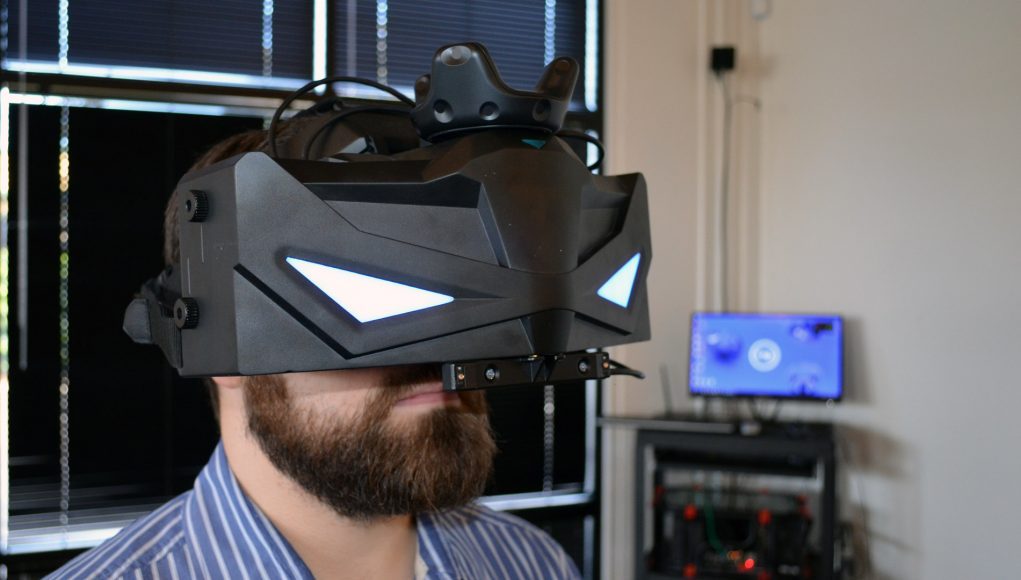Enterprise VR headset manufacturer VRgineers and Leap Motion, the company behind its eponymous optical hand tracker, announced they’re working together to embed Leap Motion’s tech into professional-grade VR headsets.
VRgineers is best known for their enterprise-focused wide field of view (FOV) VRHero 5K Plus headset, which boasts a 170-degree FOV and dual 2560 x 1440 OLED displays. The company is currently working with Leap Motion to bring the next generation of its professional VR headsets to market later this year with integrated Leap Motion technology.
“Embedding Leap Motion’s next generation hand-tracking technology directly into future VRgineers headsets will allow professional users to interact with VR applications completely naturally using their hands,” says Marek Polcak, CEO and co-founder of VRgineers. “Having this technology is especially important for us because our high-resolution headsets allow users to see 170º horizontally. Now they can move their virtual hands throughout the headset’s entire field of view without losing sight of them.”

Leap Motion’s hand tracker, aka ‘Leap Motion Controller’, is a small USB device capable of being mounted on VR headsets via a plastic mounting kit. The Controller has been available since July 2013, although has since seen a major software upgrade in 2016 that has refined its made-for-VR hand-tracking engine.
The VRHero platform, VRgineers says in a statement, is presently used by automotive designers in companies, such as BMW, Audi, and Volkswagen, for design validation and evaluation, allowing them to accelerate the development of new prototypes. Adding hand-tracking, which inherently doesn’t require new users to learn control schemes, might make those professional usercases more approachable to the uninitiated.






